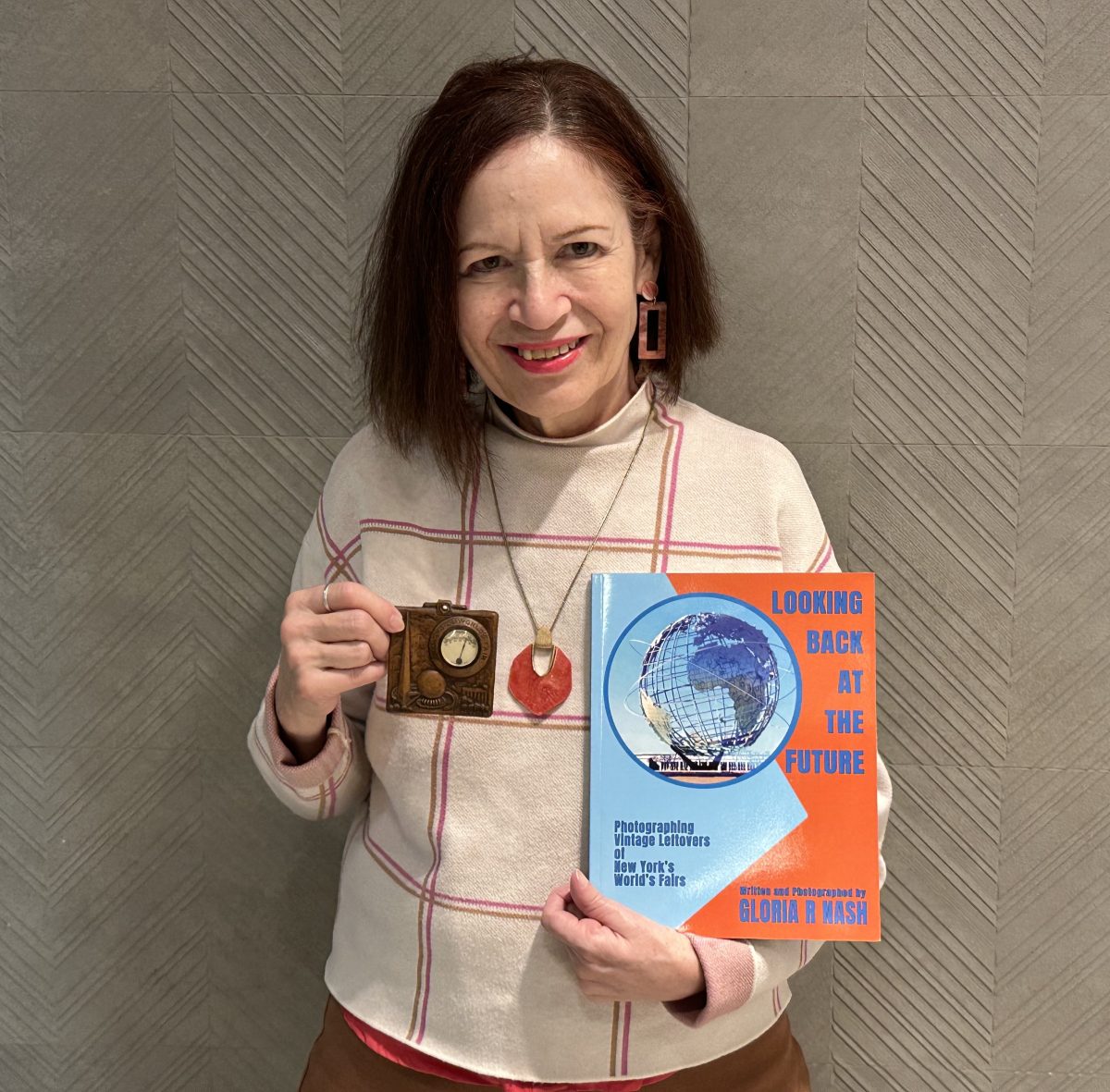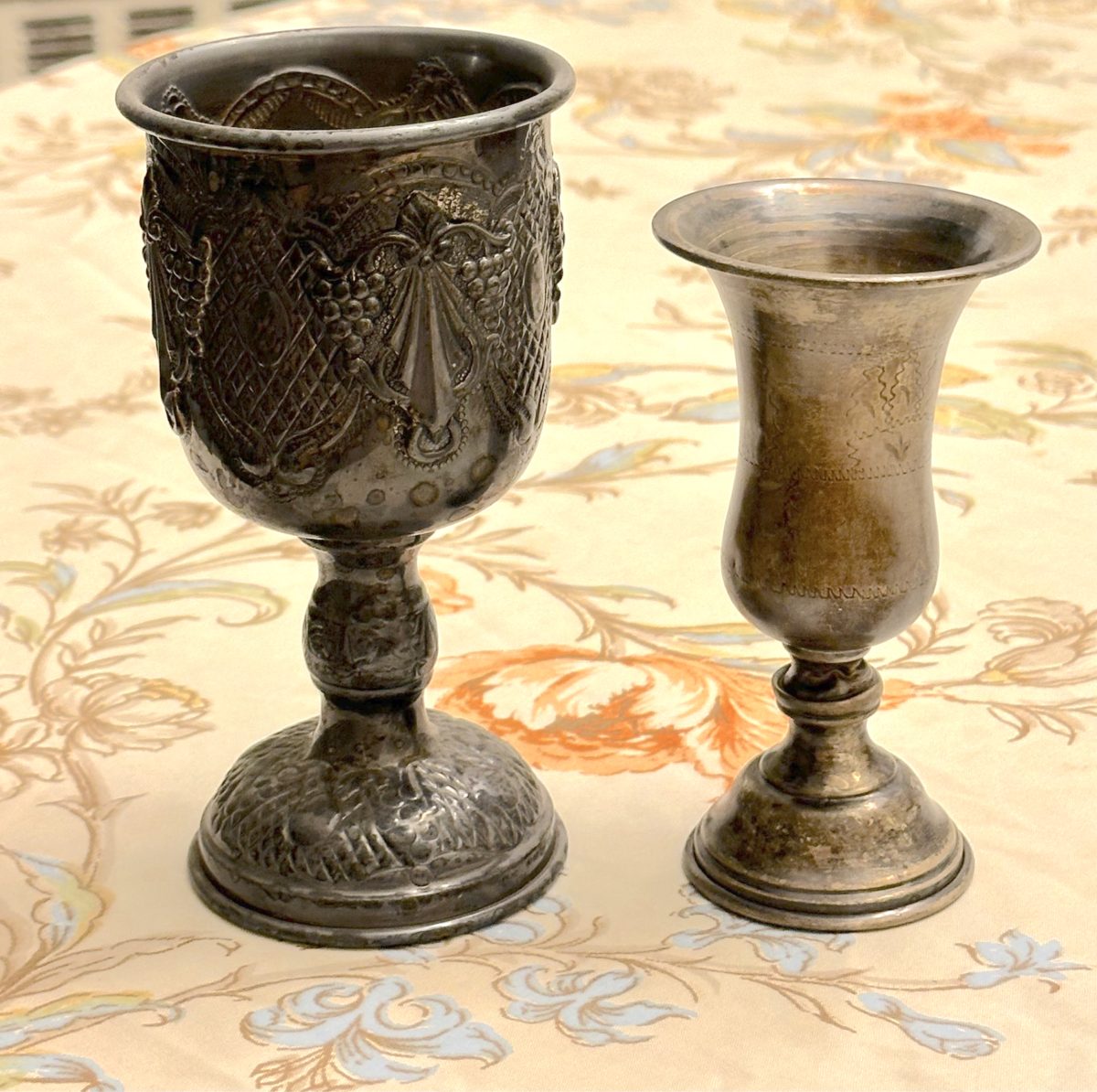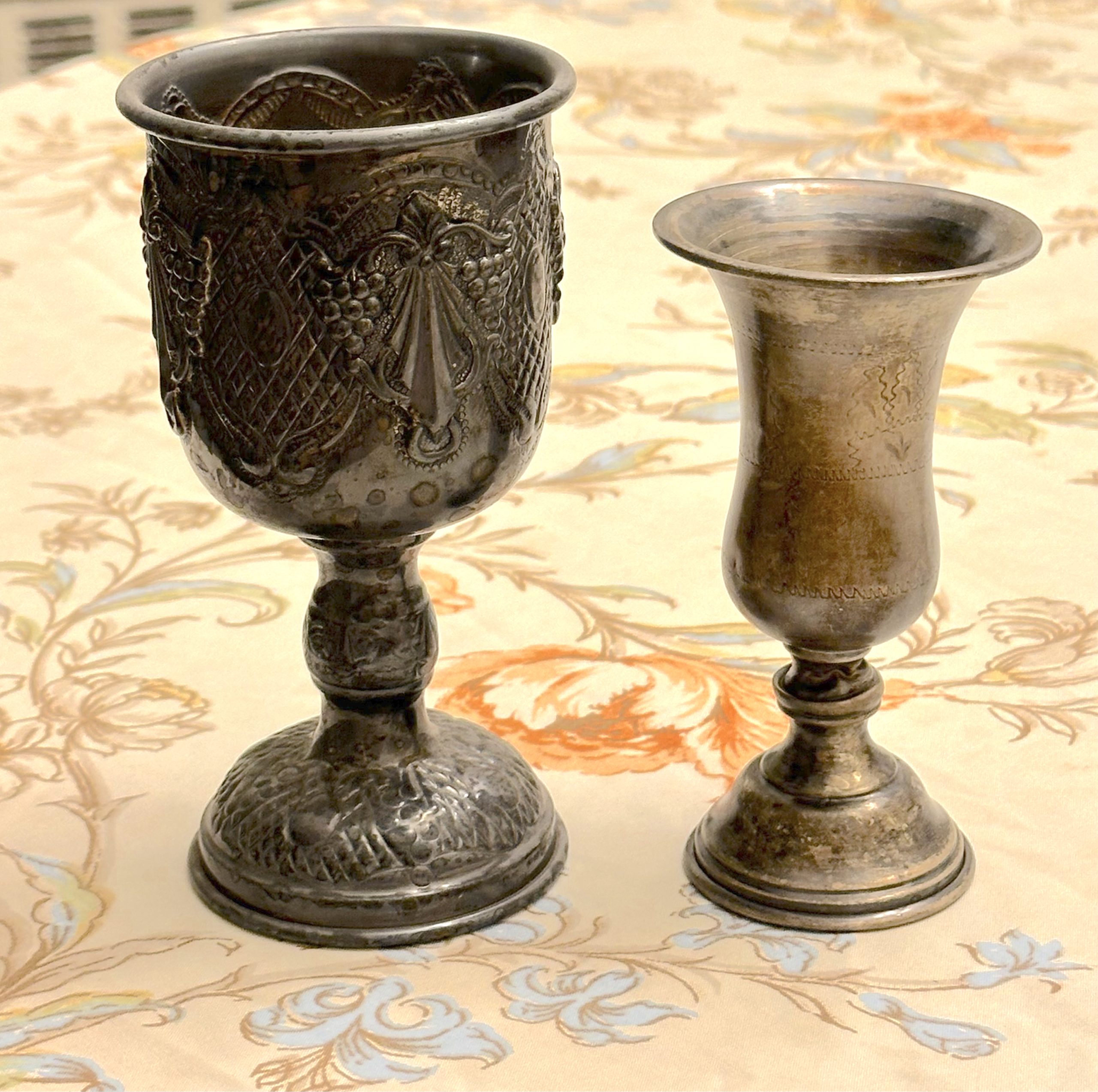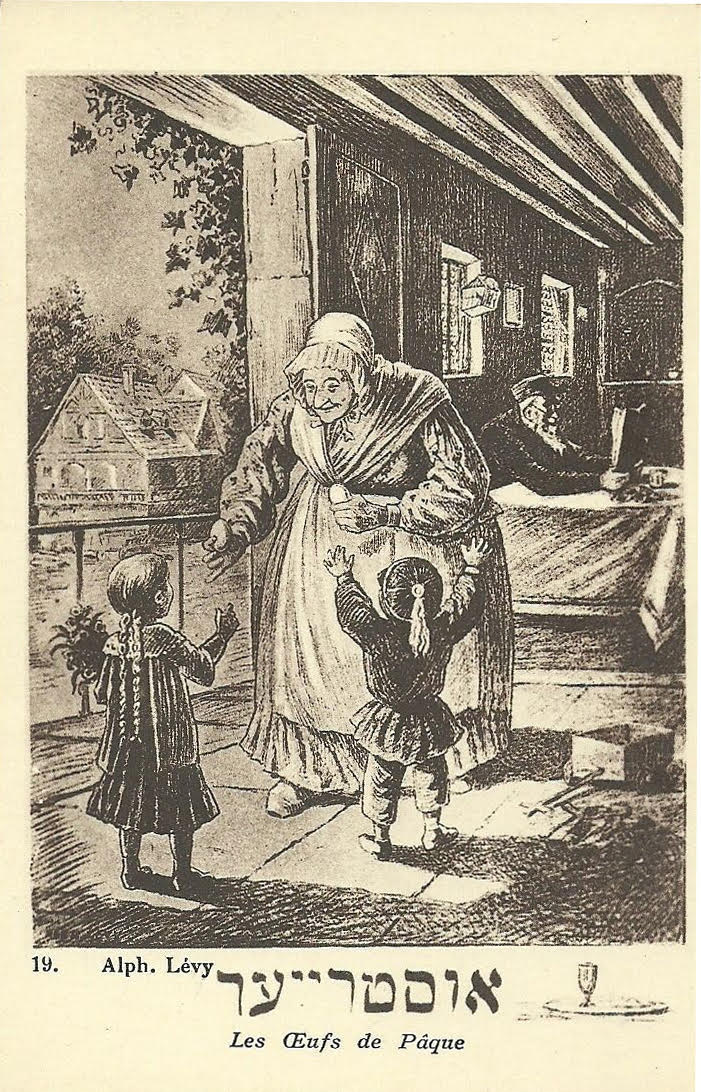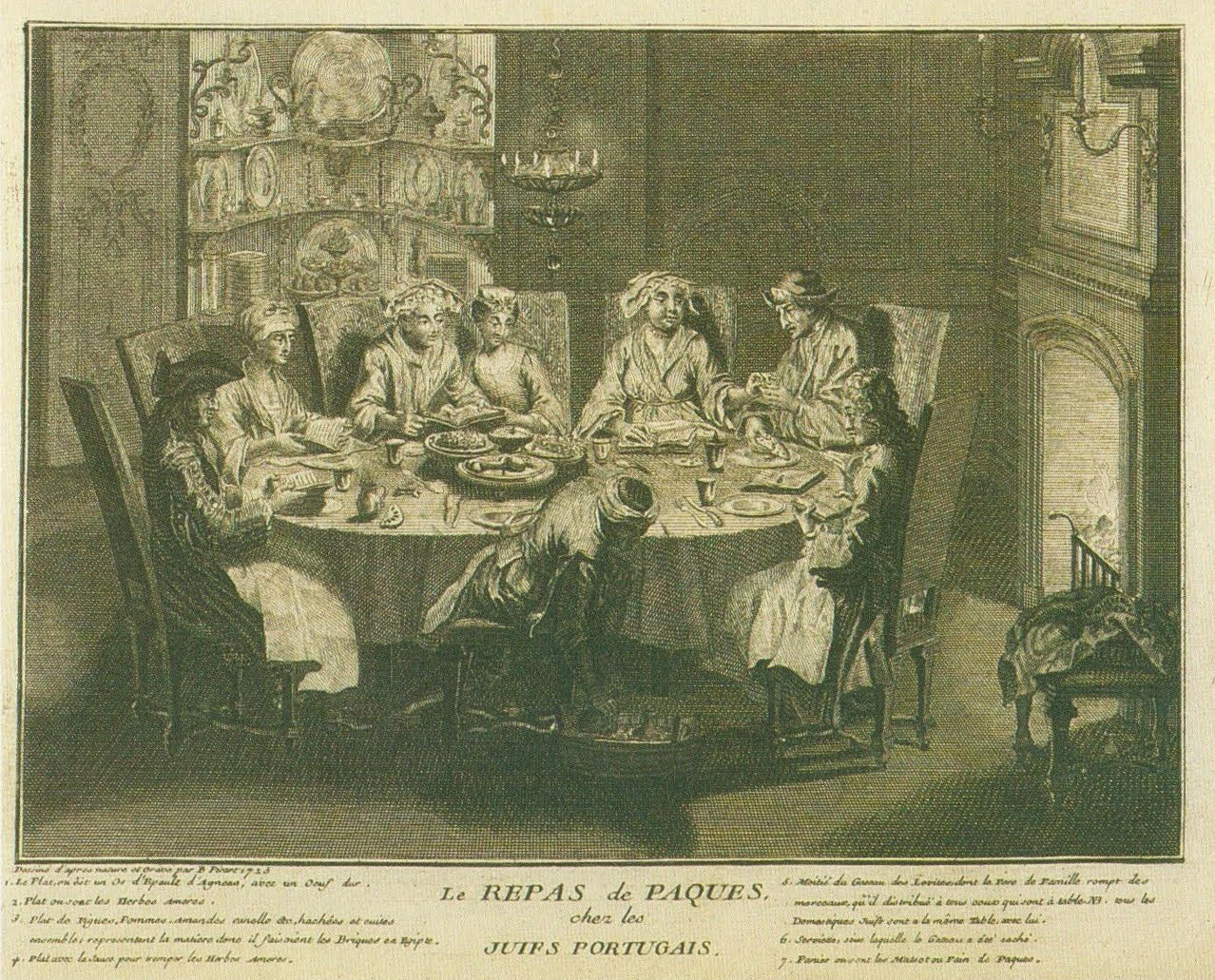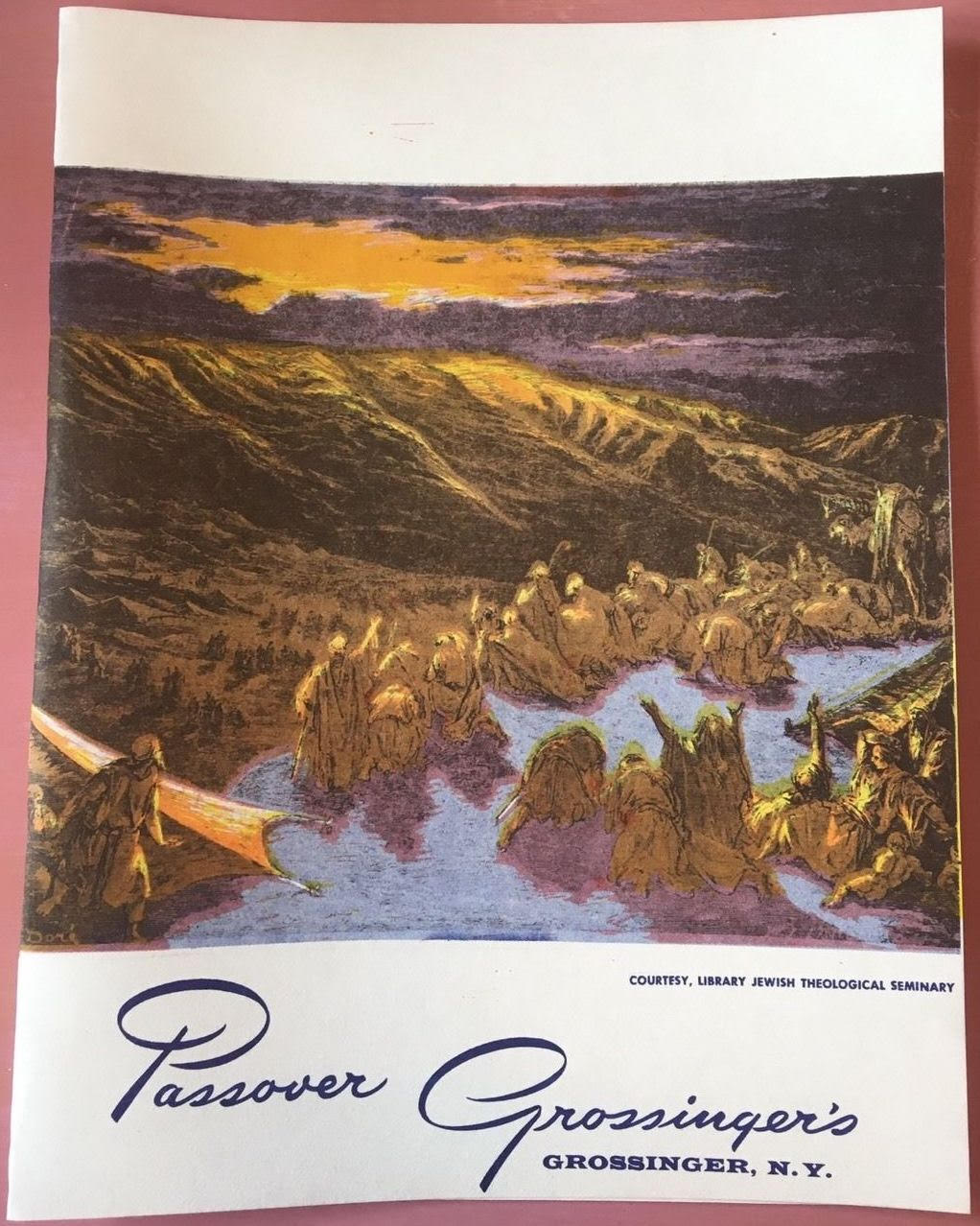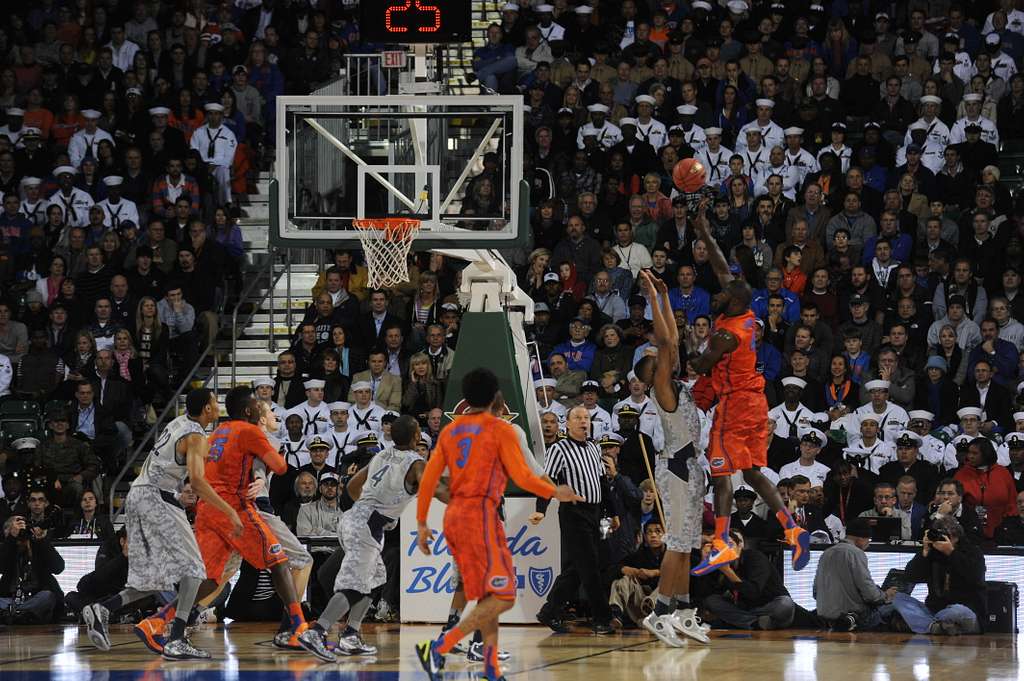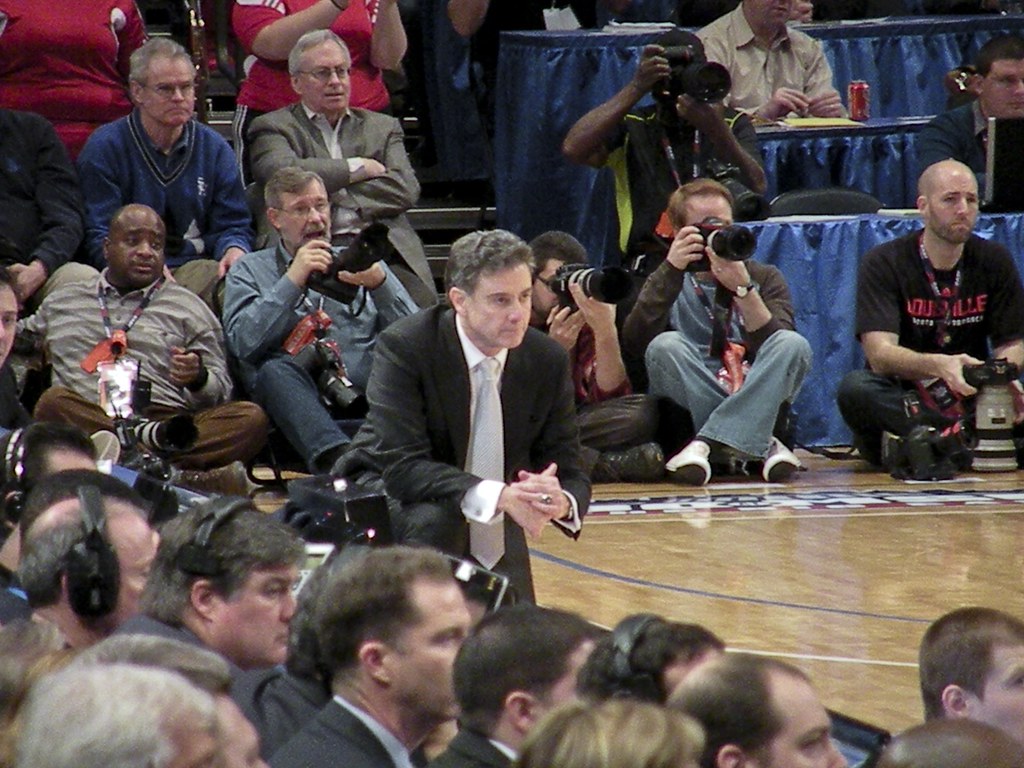“Looking Back At The Future” with Author Gloria Nash World’s Fair Aficionado Requests Preservation Rediscovering World’s Fair Remnants
MICHAEL PERLMAN
“Looking Back At The Future: Photographing Vintage Leftovers of New York’s World’s Fairs” embodies a primary source, where no book of this comprehensive nature has ever been produced. Published in late 2024, one can purchase a copy and feel as if they are revisiting or newly exploring the 1939 – 1940 World’s Fair and acquire its “World of Tomorrow” theme, or the 1964 – 1965 World’s Fair with its “Peace Through Understanding” and Space Age themes. The interactive book offers a first-hand tour guide approach with dynamic photos from a 1964 World’s Fairgoer. That author is Rego Park resident Gloria R. Nash, a talented writer, historian, and photographer with a particular emphasis on World’s Fair culture along with Mid-Century and roadside architecture and collectibles. She also has a history as a therapist, teacher, and website builder.

The book within itself is a work of art, as soon as one eyes the nostalgic and energizing cover, graced with the landmarked Unisphere. “Take a walk through time, back to the future” is stated on the back cover. In between, a magical experience unfolds as the reader discovers the pavilions and public art that remain on the World’s Fairgrounds at Flushing Meadows Corona Park, or discovers relics that were transported citywide, nationally, or even internationally to entertain, historically educate, and aesthetically intrigue audiences. In some cases, physical tributes exist. Over 120 new photos, a list of both Fairs’ remnants, addresses of all known relics nationally, and a map with two park walking tours engage the public.
Nash’s book has already been motivating readers to become urban explorers and walk in the footsteps of Fairgoers, architects, and planners, and interact with World’s Fair relics that helped place Queens on the map. It has also been awakening the dormant preservationist within to advocate for NYC landmark status, but the clock is ticking. An inscription reads, “For Layla, Inge, Aura, SL, HX, and Gary. This book is also dedicated to the forward-thinking individuals whose efforts to preserve World’s Fair structures not only made these photographs possible, but preserved America’s history.”
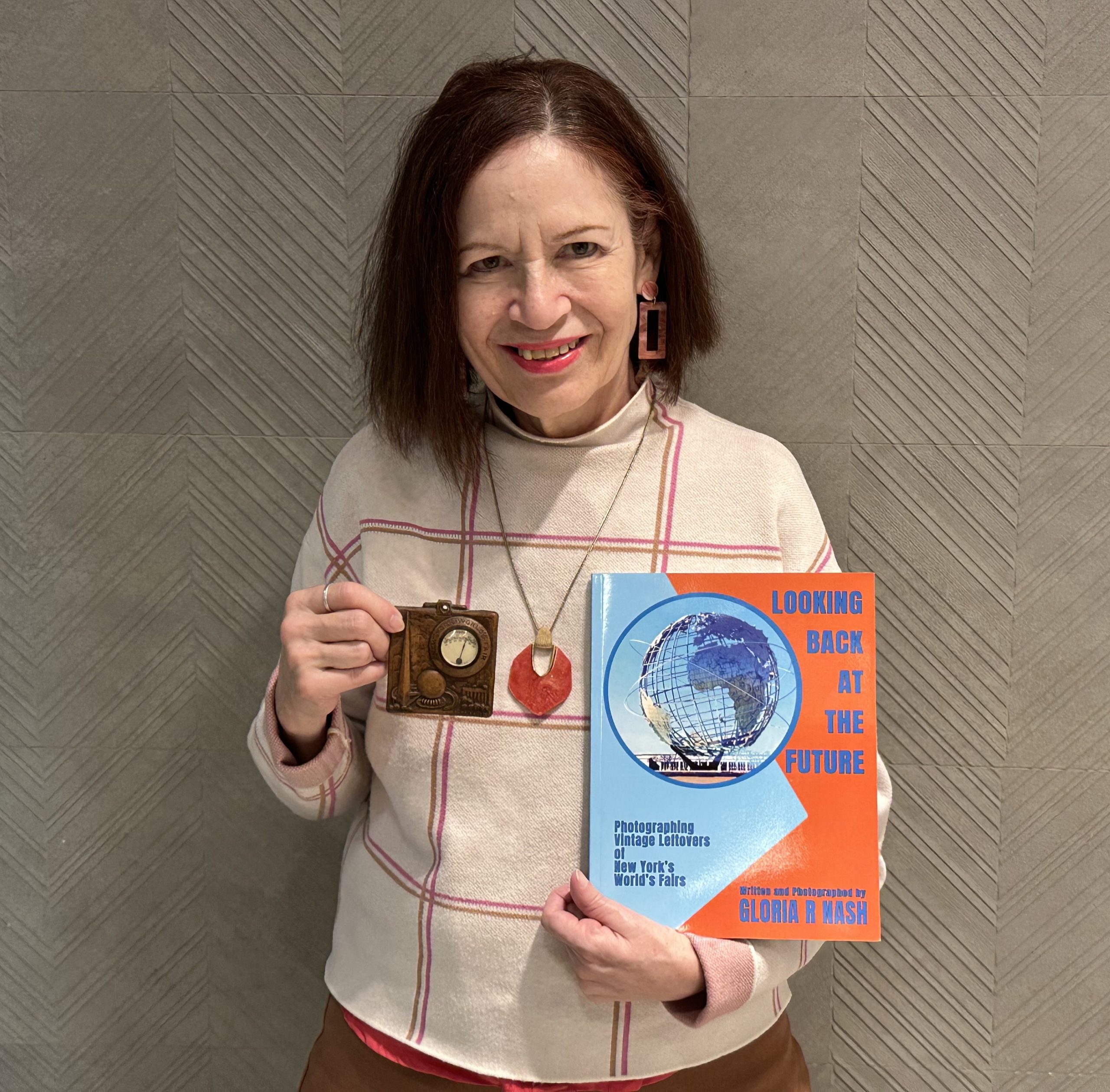
“It is absolutely magical. The feeling is like nothing else! It is the energy of pure joy, optimism, confidence, hope, wonder, and excitement in each present moment and for the anticipation of every day in the future,” said Nash in response to her emotions when encountering World’s Fair pavilions, whether standing or not. Such emotions also surface upon viewing a vintage diner or neon Coca-Cola sign, but the Fairs were much grander than anything that existed prior or after. “As a 10- and 11-year-old visitor, the 1964 World’s Fair appeared to be infinite. As an adult, I look back on it as the most memorable experience I ever had. It is beyond words; a visceral, shared experience that instantly connects me with so many other people who ‘get it.’ I don’t know what ‘it’ is, but I know it’s real for me and so many thousands of other people.”
Nash’s memories of the Fair are largely visual, encompassing crowds of happy people, long lines anticipating exhibits such as the Pieta and rides including the monorail, Luminaire lights and colors (a favorite), Tower of Light, GE, Pepsi Cola, 7UP, Coca-Cola, fireworks, fountains, and car exhibits, such as Ford and GM, which were also favorites. “It was the excitement of so many different things to choose to see and do, and it was so much fun, especially waiting for dusk when the lighting and colors were so vivid. I clearly remember shaking John Glenn’s hand as he stood on a podium in front of the New York Hall of Science,” said Nash.
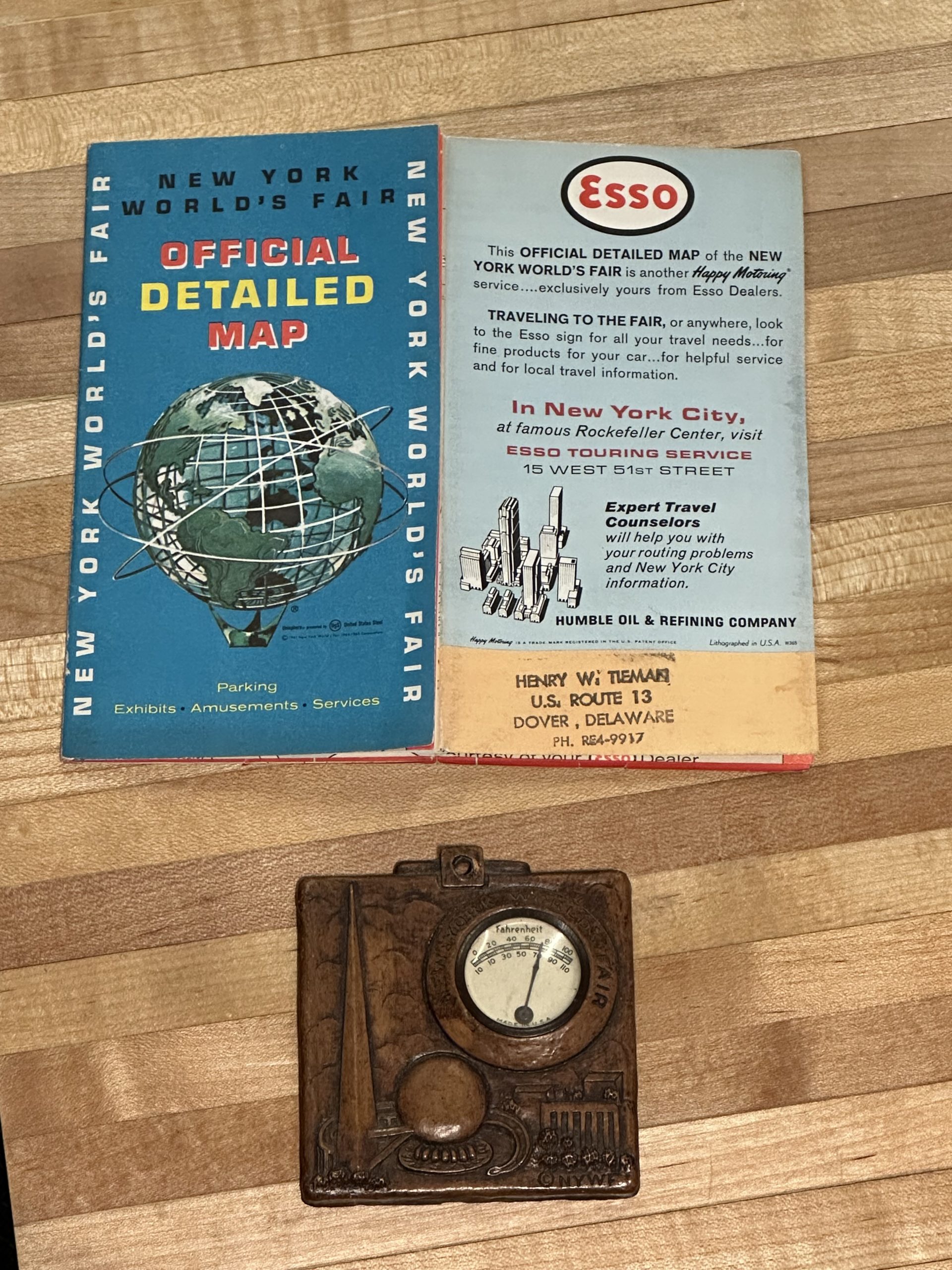
Backtracking, Nash was born in 1954 in La Paz, Bolivia, where her family resided after fleeing their native home in Vienna, Austria due to Kristallnacht (1938). “America was not open to the Jewish people who escaped, as per President Roosevelt’s mandate, but South American countries welcomed them. In the 1950s, America welcomed the immigrants, so my family applied to the lengthy process of obtaining visas to New York City.”
Nash would later become a photography major at Art and Design High School. She majored in psychology at Queens College in the 1990s, and graduated Phi Beta Kappa. Then she pursued graduate studies at the New School and received an M.A. in Psychology, and later received an M.S. in Education from Mercy University.
As far back as Nash can recall, her interests revolved around the arts, and applying her talents in writing and photography. “I grew up loving cars, so I included driving and traveling in my activities. Collectibles played an important role throughout my life; from the time I bought my first toy robot at an airport show in the 1960s to postcards among ephemera, signs, dolls, clocks, and other food and beverage related advertising collectibles I sought for my collection and also sold. I built several businesses around these artifacts,” said Nash.
Architecture has long been an interest, originating with an innate fascination of Frank Lloyd Wright since her teens. She also enjoys reading about architecture and architects. She explained, “Frequent visits to California ignited a passion for the modern restaurants and coffee shops, which are so different from the west side buildings, luncheonettes, and diners in NYC, which I also enjoyed. Years before marrying my second husband, we became close through our mutual interests of collecting vintage advertising artifacts and touring structures designed by Frank Lloyd Wright, Eero Saarinen, Ludwig Mies van der Rohe, and Charles Eames, among others.”
Nash’s personal, creative, and historical influences are in abundance. They include her mother Inge, her late husband Gary, Edward Weston, Georgia O’Keefe, Aaron Copeland, Antonin Dvorak, Ralph Waldo Emerson, Henry Ford, Neal Cassady, Jack Kerouac, Andy Warhol, Eldon Davis, Louis Armet, Wayne McAllister, Betty Willis, Helen Liu Fong, Ray Kroc, Harland Sanders, Howard Johnson, Dave Thomas, Joan Payson, Tom Seaver, RA Dickey, Steve Jobs, Paul Allen, Frank Sinatra, Burt Bacharach, Francis Ford Coppola, George Lucas, Terry Cole, Patti Smith, Amy Rinker, Larry Cultrera, Alan Hess, John Baeder, and Grete Lampel.
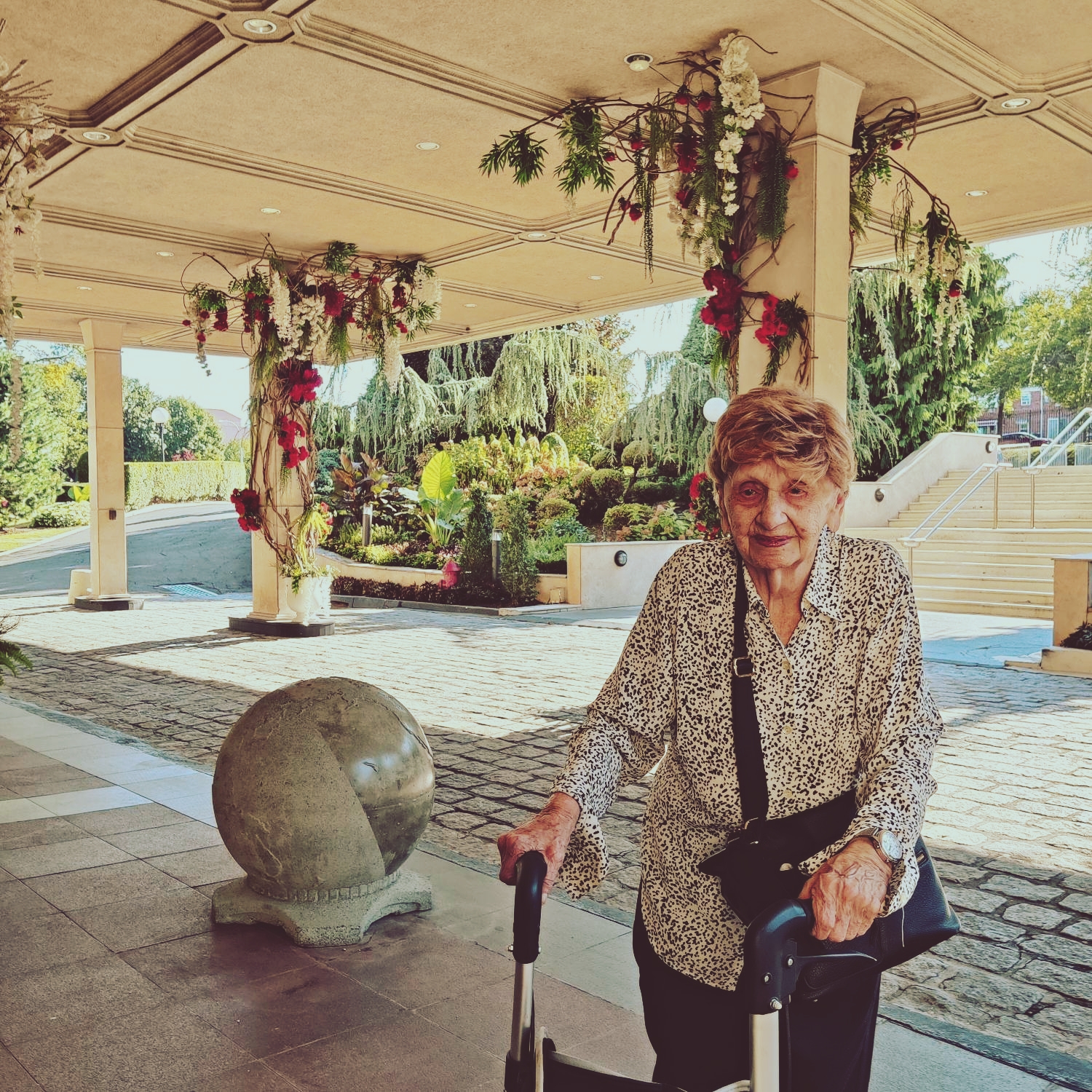
Nash explained how her vision as an author originated, in addition to her journey’s intriguing adventures and challenges. She visualized a three-month process, but it was a three-year process. “When I curtailed my long-distance travels during the pandemic, I began photographing sites in the five boroughs and Long Island that I used to ignore. I drove to Flushing Meadows Corona Park, where I had not been in 55 years. I proposed writing an article about the two Queens World’s Fairs for the Society of Commercial Archeology. For two years I talked, read, and researched these and other World’s Fairs, while seeking remnants. It was the most fascinating activity. I photographed and wrote so much that it clearly wasn’t an article anymore, but could only be a book. In a way, the book wrote itself, since it was totally unplanned.”
Part of the adventure was enlisting her family and friends to join her on numerous visits to the park. She explained, “Structures can look different at various times of the day and seasons, so I was compelled to capture beautiful images. I went to the park almost daily for two years. Often the weather wouldn’t cooperate nor the season, such as when leaves obscured what I wanted to photograph.” For example, lighting throughout the day presents each subject in a varying manner.
The largest challenge entailed knowing who and what information to trust, since none of the practices are standardized. Nash explained, “Other challenges involved obtaining copyright clearances, learning the minutia about fonts, formatting, typesetting, software that works, SEO, Library of Congress registrations, color versus black and white, photographs versus text, hardcover versus soft cover versus eBook, printing processes, and the timing of these events.”
Nash pinpointed remnants of World’s Fairs ranging from the local to national scene. “I’ll never forget seeing the U.S. Post Office pavilion, since it was the first remnant I looked for. I drove around until I could find the building that matched up with the photos I had. Whether locating original benches, the Boathouse, the subway train, and finding statues of Peter Stuyvesant and King Jagiello, each discovery has its own unique story from when I learned of its existence to the time I located it. For two years, I became that child again, completely absorbed in detective work to catalogue World’s Fair leftovers.” Magnificent works of art in Nash’s eyes include the Unisphere, Freedom of the Human Spirit, Forms in Transit, Form, and the Rocket Thrower.
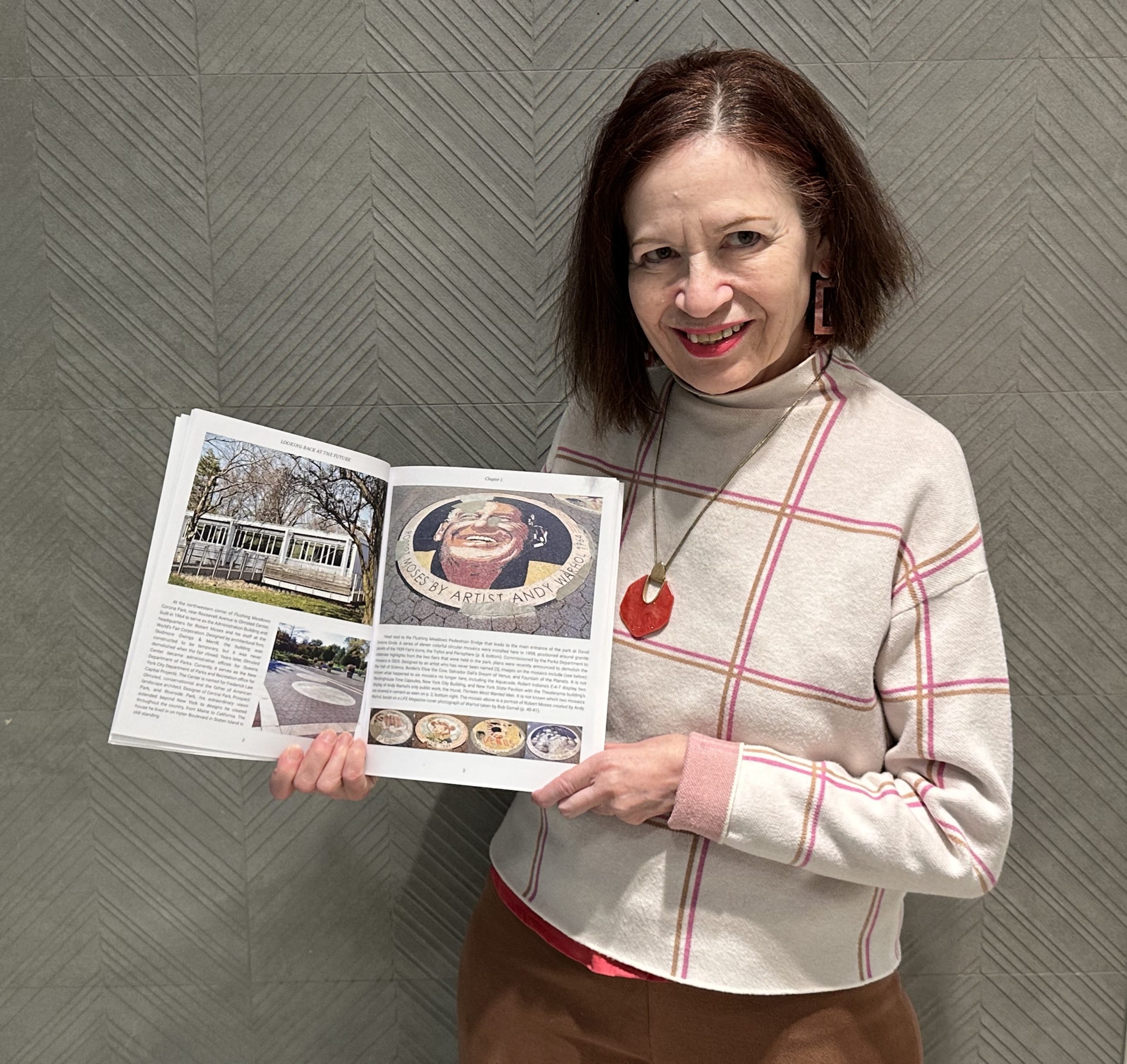
Nash shared examples of how the World’s Fairs’ spirit lives on. “The churches in Plainview, LI and Groton, CT are extraordinary examples of repurposing vintage parts of pavilions by reusing these works of art instead of destroying them. These churches were created from what were once the Mormon and Vatican Pavilions at the Fair. A most fascinating story was that of Aaron Heine, owner of a New Jersey cemetery. He purchased the four Doric columns used to build the Ohio Building at the 1939 World’s Fair. He was a visionary who imagined placing these tall columns at the entrance to the cemetery as a way to help mourners, so they could look up to them and hopefully feel inspired and uplifted.”
Nationally, her favorite moment was revisiting the ride from “It’s a Small World” for the Fair’s Pepsi-Cola Pavilion. She reminisced, “I stayed with my father and his wife and child in San Francisco in the summer of 1966. Twice we visited the original Disneyland in Anaheim, where the ride was relocated. The Sherman Brothers’ music composed for this ride captivates me, and the joy of seeing the animatronic dolls and scenes always makes me smile.” Nash has yet to see
Fair Park in Dallas. “I know it will be a remarkable experience to see the world’s largest collection of Art Deco buildings, as well as the most intact World’s Fair in existence,” she said.
The demolition of pavilions from the Fairs far exceeded what was preserved. “From the 1964-1965 World’s Fair, it is criminal that the United States Pavilion was not saved, especially since it was one of the few structures meant to become a permanent part of the new public park that Robert Moses was planning for the Fairgrounds after 1965.” She pinpointed the General Motors Pavilion as a personal favorite. “I wasn’t alone, since more people attended this exhibit than any other exhibit at all other world’s fairs, with over 26 million visitors. Aspects of the ride, such as the moving chairs were borrowed from the General Motors’ Futurama ride that was at the 1939 – 1940 World’s Fair.” She also referenced its demolition as shameful.
Nash continued, “From the 1939 World’s Fair, while I commend the repurposing of the Trylon and Perisphere materials to strengthen America’s presence in the war by creating bombs from the steel, it is nonetheless sad that they are the only icons from any world’s fair that have been demolished. If they remained standing, where would the Unisphere have been built? So many stunning and unique statues and Art Deco buildings were built for the 1939 World’s Fair, that having any one of them exist would be a treasure.”
Ideally, the NYC Landmarks Preservation Commission (LPC) can designate the remaining World’s Fair buildings and monuments through their pursuits and the public nomination process. The agency was established in 1965, but yet only the Unisphere was landmarked in 1995. In addition to preserving properties, collecting memorabilia is an acknowledgement of human culture and history through time. Nash said, “So many people worldwide have cherished memories of these two Fairs, which they love to talk about. Everyone has eaten a waffle at some time in their life, and it’s just a waffle, but talk to someone who has eaten a Bel-Gem waffle at the 1964- 1965 World’s Fair, and you’ll hear a story rich with remembrances and history. Isn’t that kind of experience worth sharing and saving?”
“Flushing Meadows Corona Park’s connection to two of the most esteemed World’s Fairs is undervalued, underappreciated, and underutilized,” said Nash, who believes that much can be pursued to create events, activities, and amenities to further initiate a Fair-related awareness to the park as a means of public engagement. She explained, “There needs to be a master plan, a vision, and an imagination that sees beyond the restoration of one pavilion. Why has preserving the New York State Pavilion been such a long struggle? What is the reticence of the LPC to landmark it? Its restoration, along with that of the Mist Garden, Rocket Thrower, Rocket Park, and other structures has come in bits and pieces, here and there. Why do we have to defend whether the mosaics at Dinkins Circle, created to honor the two Fairs, are worth saving? Shouldn’t we instead be discussing the best way to preserve the deteriorating mosaics?”
“Where is the effort to educate the public to the wonder, awe, and joy of the history that once existed in this park?” asked Nash, referencing that the park was erected on a historic site and exists due to both Fairs. “When this is better appreciated and understood by the public, they will come, and that will support the vision and generate revenue streams. The LPC can make this more accessible when they start taking our World’s Fair history more seriously. They should designate the entire park as a landmark, since it was the World’s Fairgrounds,” she continued.
Nash is a go-getter, who envisions photographing remnants of World’s Fairs that captured minds in Chicago, San Diego, Dallas, and Seattle. She is already working on part two of her 60-year and 85-year local World’s Fair anniversary book series, and is aiming to publish it in 2025. She explained, “The contents may be somewhat more esoteric than the more recognizable structures that are in my first book, but to those who are fascinated with World’s Fairs, the subjects will be equally or more interesting. The fact that structures from the Fairs are all around us, but hiding in plain sight, gives them a quality of intrigue, which can be of great interest to a broad range of people.”
“I would like to see my books contribute to more people knowing about the two World’s Fairs in Queens, since both are a significant part of the culture and history of the world during the 20th century,” she continued. For updates and to purchase a signed paperback, hardcover, or large print edition, or an ebook, visit www.NRGGRN.com and email gloriarnash@gmail.com.


